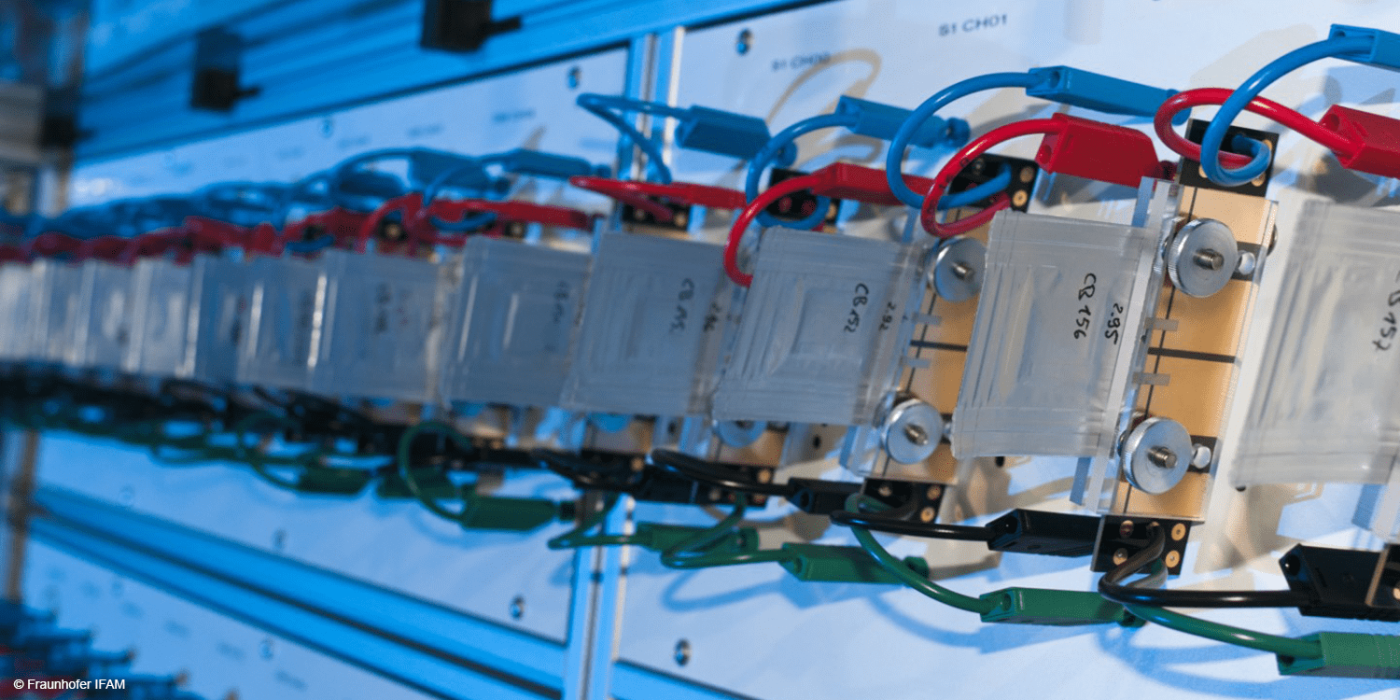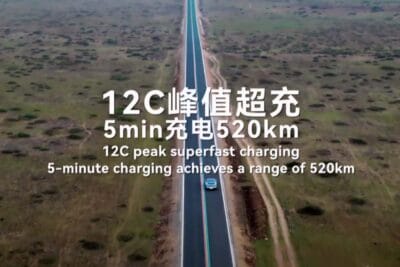Fraunhofer IFAM simplifies battery cell ageing measurements
The Fraunhofer IFAM in Bremen is working to determine the AC resistance within the battery using dynamic impedance spectroscopy. The further developed method helps to show the condition of battery cells more precisely and without laboratory effort.
According to the Fraunhofer Institute for Manufacturing Technology and Applied Materials Research, this makes it possible to take measurements during operation, which can be used to make statements about the performance in real-time.
The background to the development: battery cell ageing is not easy to determine under real conditions. However, a precise statement about the ageing state of the cells in operation forms the basis for a better understanding of the ageing mechanisms of a battery and for extending its service life. This is precisely what the new measurement method is intended to make possible.
Up to now, precise measurements at the cell or pack level were primarily possible in the laboratory. But there the batteries are usually exposed to different conditions than in the vehicle itself. A multitude of factors are responsible for the ageing of the battery cells, such as storage temperatures (which, unfortunately, are difficult to influence), the state of charge during longer standing times and, above all, the history of charging and discharging processes.
“There are therefore many varying influencing factors over long periods of time, which is why the precise determination of the ageing state is complex and has so far been associated with considerable effort,” Fraunhofer IFAM writes. “In this context, existing approaches are based either on simulations, which represent a simplified description of the battery system and the decomposition process, or on experimental extrapolation of the cycle life of the battery cells.”
The catch with simulative modelling: you need knowledge of all the necessary detailed processes for each cell type, even if they are not yet known or understood. In addition, the entire description process must be carried out again in order to transfer it to a new cell chemistry, which in turn entails considerable effort. This is also the case with extrapolation from measurements, since here the complete measurement effort must be carried out for each cell type to be described and all existing environmental conditions (temperature, load profile, etc.). And even then, factors such as the temperature distribution within a cell are not even taken into account.
Therefore, the Fraunhofer researchers want to get by with their model “with a limited knowledge of cell chemistry”. According to the press release, mathematical models for non-linear behaviour with “memory” effects (so-called Volterra series) are used to describe the cell properties. According to the statement, this approach offers the advantage that the output of the system depends on the input into the system at all times, so that the system obtains a memory of all previous processes, which is indispensable for describing the ageing process.
The crucial step would then be to measure the dynamic impedance of the battery cells during use, including during the charging or discharging process of the cell. It is possible to directly measure the mathematical parameters describing the behaviour of the cells. “With the aid of this mathematical representation, states that have not been measured can then also be taken into account, enabling transferability to other environmental conditions and cell chemistries, i.e. the consideration of completely new battery types,” says Fraunhofer IFAM.
In this way, it should also be possible to record solid batteries in the future, for example. In addition, these functions could be implemented directly in the battery management system, which means that all the necessary data for service life prediction can be obtained at any time – without additional laboratory work.





0 Comments